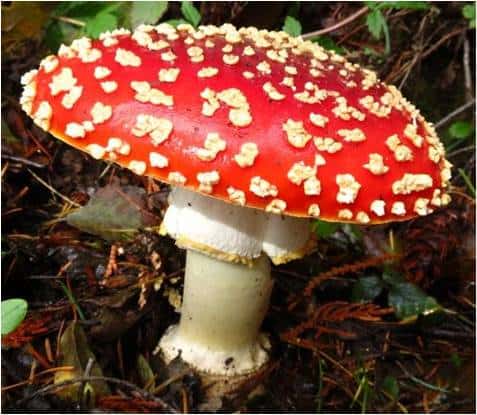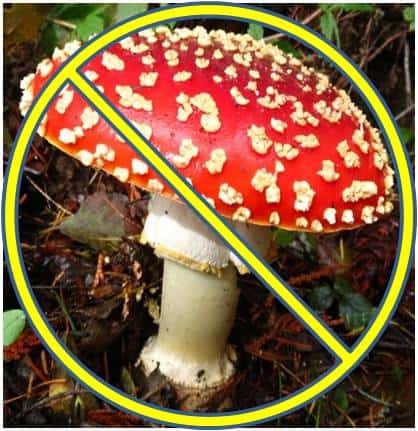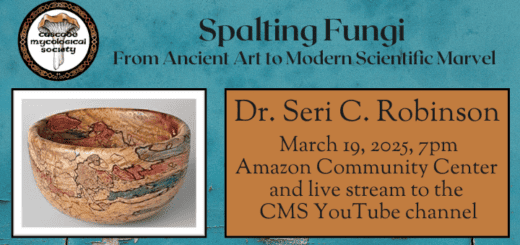There’s a fly in my ointment

For those of you who have “Insect Rights” organizations on speed-dial, let me reassure you that not a single Housefly (Musca domestica) was hurt during the writing of this article. For some background, the actual expression of having a fly in one’s ointment is believed to have been taken from a reference in the King James Bible in Ecclesiastes 10:1 which states: “Dead flies cause the ointment of the apothecary to send forth a stinking savour: so doth a little folly him that is in reputation for wisdom and honour.” This same phrase in the New International Version written in a more user-friendly way states: “As dead flies give perfume a bad smell, so a little folly outweighs wisdom and honor.” The exact interpretation of this verse is somewhat in question but the general consensus is that the fly spoils a perfectly good ointment. Today, we tend to rarely use this expression but when we did it referenced having a minor setback or issue, normally determined after something has been started or completed.

In truth, my reference to this somewhat outdated expression relates to a different fly, specifically the fly agaric or sometimes referred to as the fly amanita. To be more specific, it is currently known in the science community as Amanita muscaria. I have always enjoyed finding and photographing this spectacular mushroom but it has only been recently that my interested in it has seemingly exploded. I was aware that this species of mushroom was both toxic and hallucinogenic but otherwise of little interest to the average forager. Then, while leading a foray with Sandy and a group from the Amazon Community Center, we encountered a forager from Utah who picks, sautés, and eats Amanita muscaria without any prior preparation other than cleaning it. He said he has been doing this for years with no ill effects and said it was one of his favorite mushrooms to eat. I was flabbergasted to say the least.

Now, it’s time for a reality check. I am in no way advocating for eating the fly agaric raw, cooked, microwaved, baked, sautéed, or stuffed into a turkey. It does contain toxins, the worst of which is the alkaloid ibotenic acid, a powerful neurotoxicant that can cause vomiting, diarrhea, and seizures. There are also a number of additional chemicals in this species which occur in different concentrations depending on a number of environmental factors. The bottom line is experimenting with eating the fly agaric can result in unexpected and undesired outcomes. That said, I have included a link to a process written by William Rubel that essentially neutralizes a significant amount of these water-soluble chemicals by parboiling the mushroom prior to cooking it. To be clear, I have no personal experience in performing this process and I am only providing information, not advocating that anyone try it. Remember, parboiling only works for certain water-soluble chemicals and not for other species of mushrooms containing amatoxins. These toxins are thermostable and will not change due to heat; therefore, amatoxins are not reduced by cooking or boiling. Make no mistake, some species of mushroom can be deadly poisonous if ingested.
Additionally, to fully bring together the concept of fly in the ointment, I found it quite interesting that the fly agaric has been used as an external medicinal ointment to treat various types of pain including sciatica, muscle and joint pain, sprains, and inflammation. Most of this information is currently anecdotal evidence regarding the benefits of these tinctures; however, as with other mushrooms great interest has been taken with A. muscaria for its potential medicinal applications. With these claims, it is always necessary for each person to do their own research to determine their validity and usefulness.
On a closing note, as it turns out, Dr. Michael Beug and Danny Miller who are both members of the PNW Key Council, have recently stated that DNA analysis is currently indicating that A. muscaria is a complex of mushroom species; which these days should not surprise anyone. If they are correct, this article was mostly about A. chrysoblema rather than A. muscaria. Confused yet? You are not alone. Note: Any forthcoming name changes will not change the content of this article. In conclusion; yes – this is really and finally the conclusion, stay safe, enjoy our amazing woodlands, pick and eat mushrooms safely and happy Valentine’s Day.
~ Ron
Websites Worth Investigating
- Amanita muscaria: Basic information, history, chemical composition, effects, legal status, and health risks – The International Center for Ethnobotanical Education, Research, and Service
- Further Reflections on A. muscaria as an edible species – The Bay Area Mycological Society
- Amanita muscaria (how to prepare) – William Rubel
- Amanita muscaria Tincture for Pain and Sciatica – New Zealand Survival Academy
- Harnessing the Therapeutic Potential of Muscimol – Neuroscience News and Research





